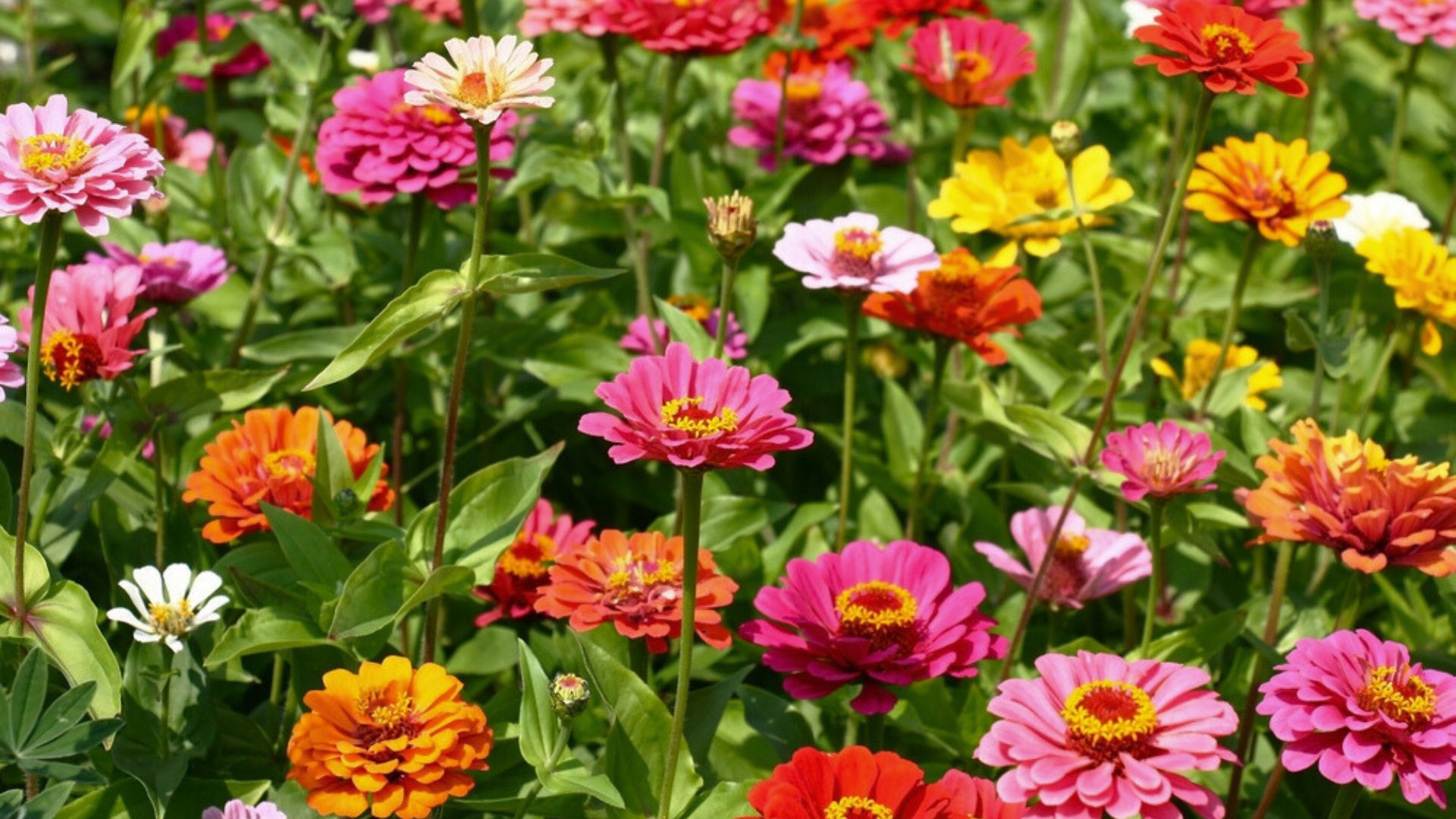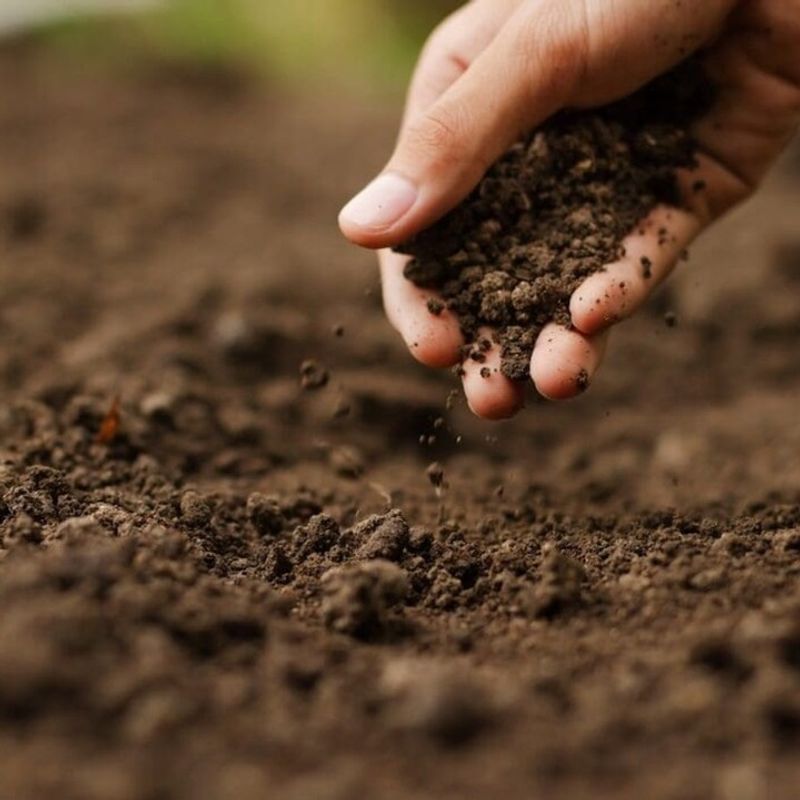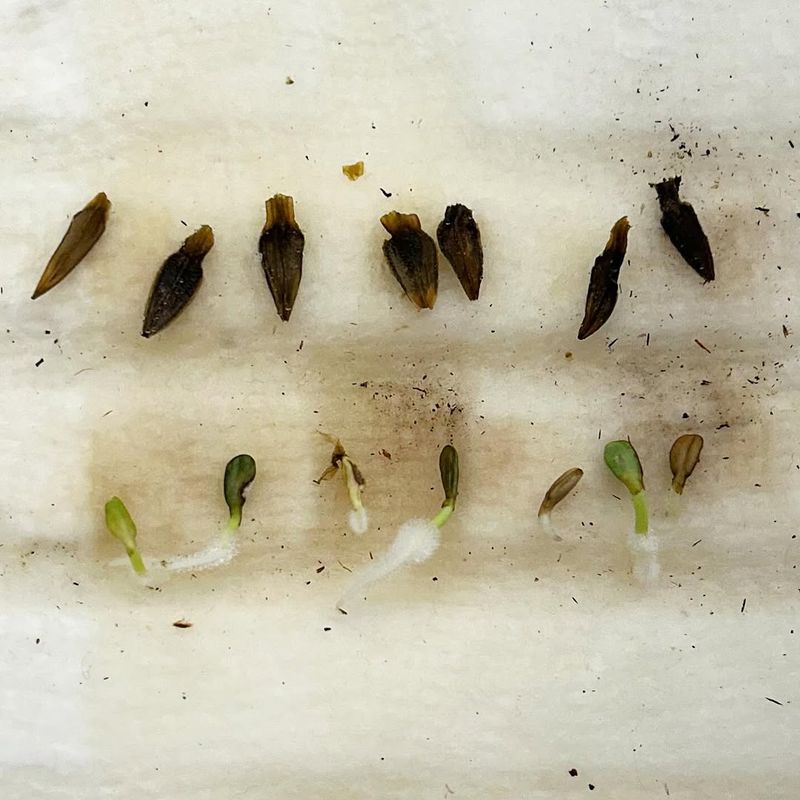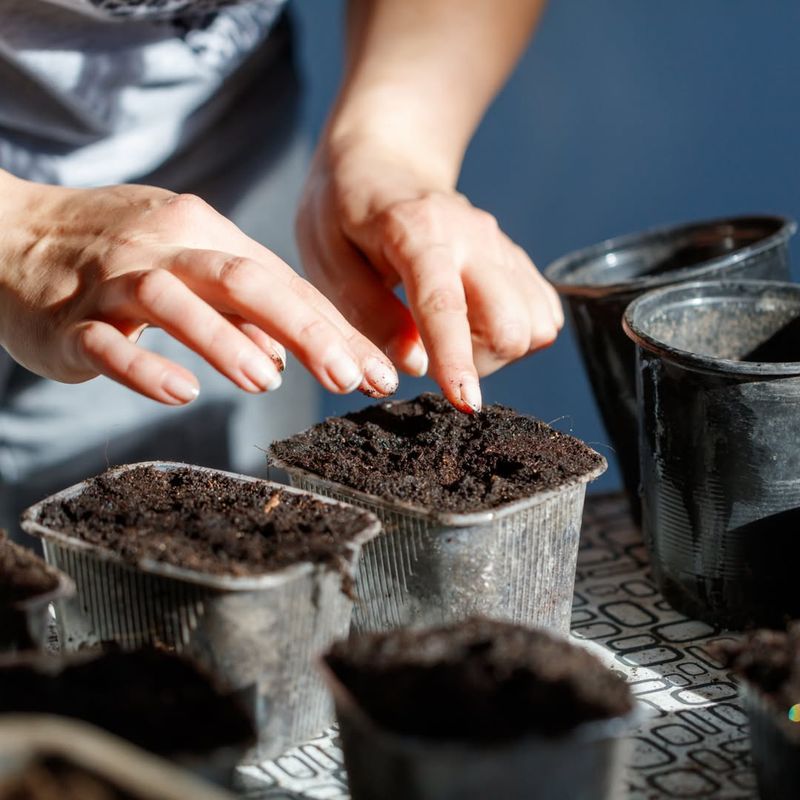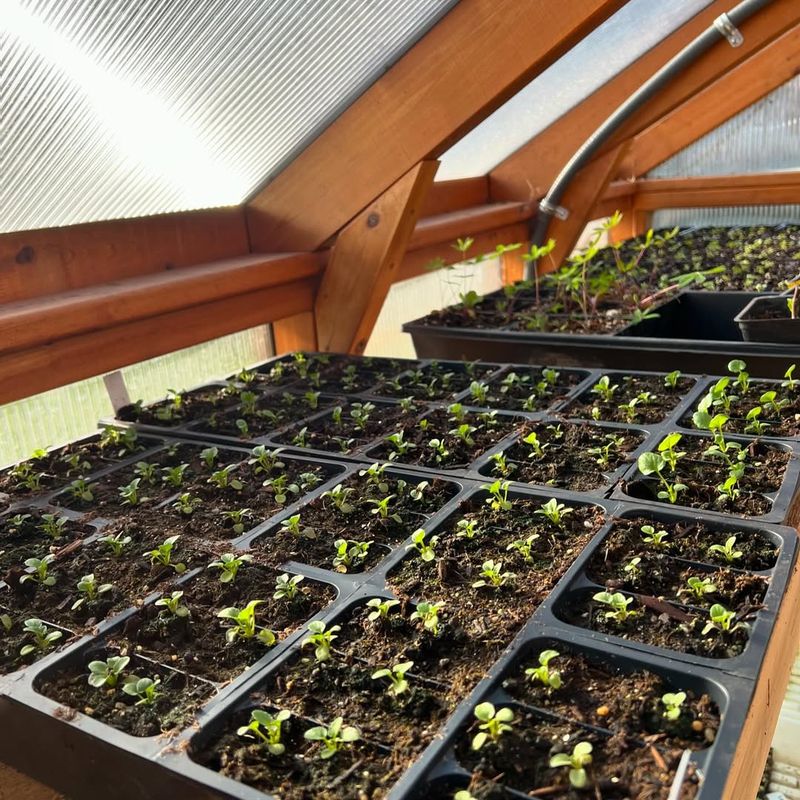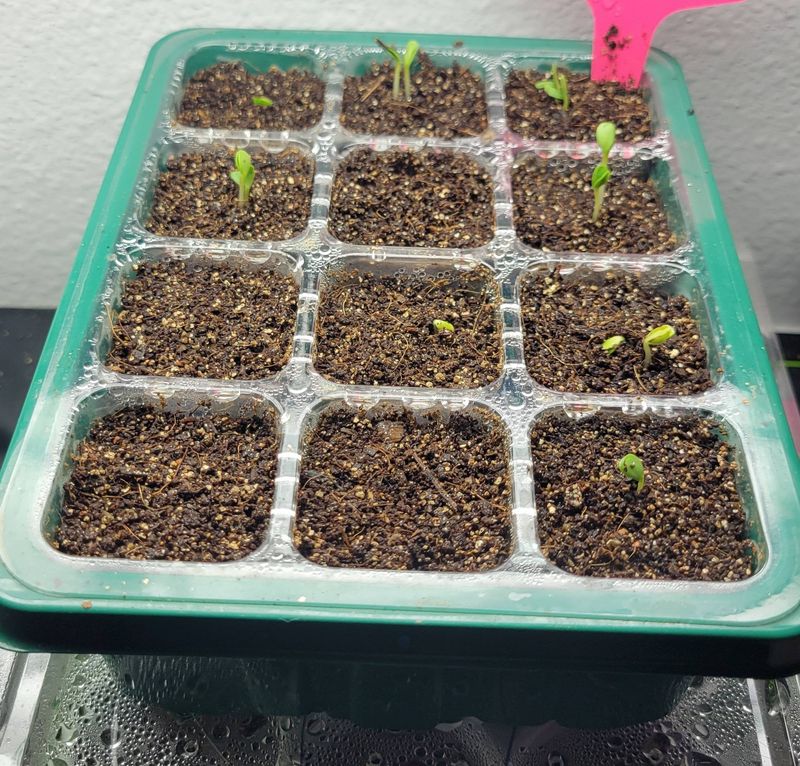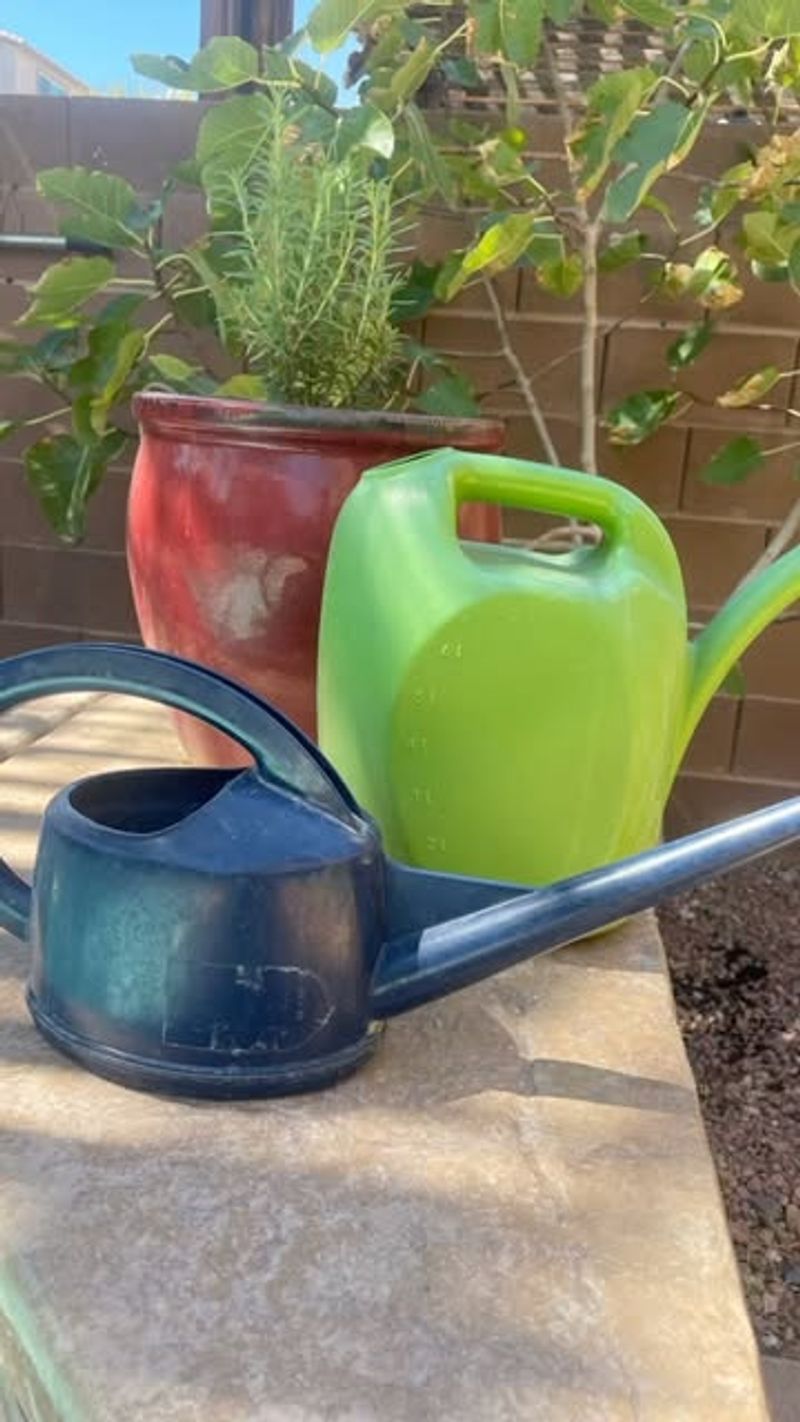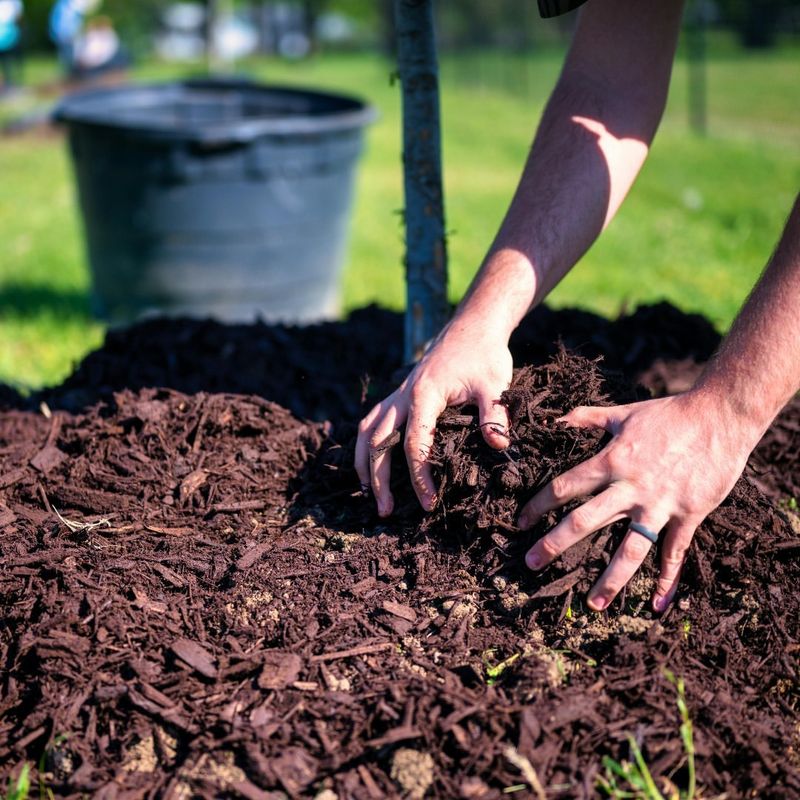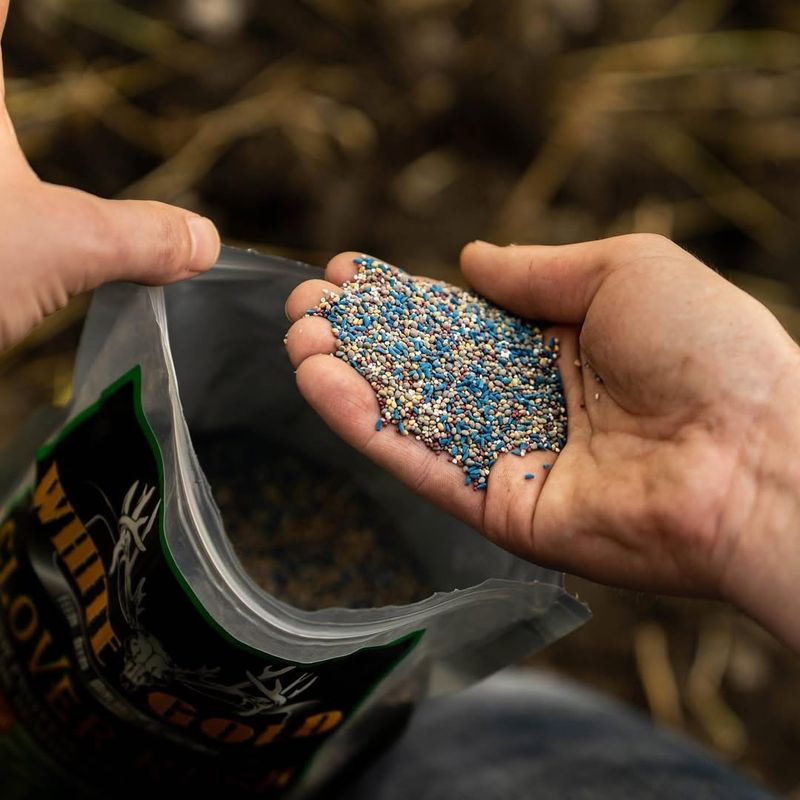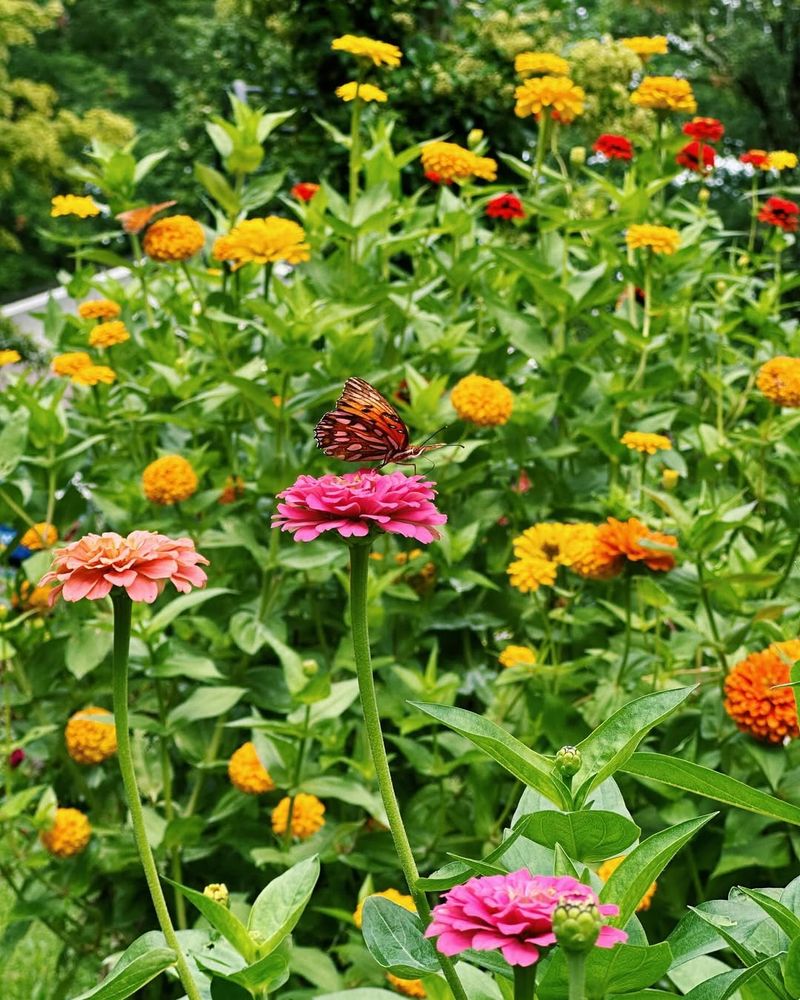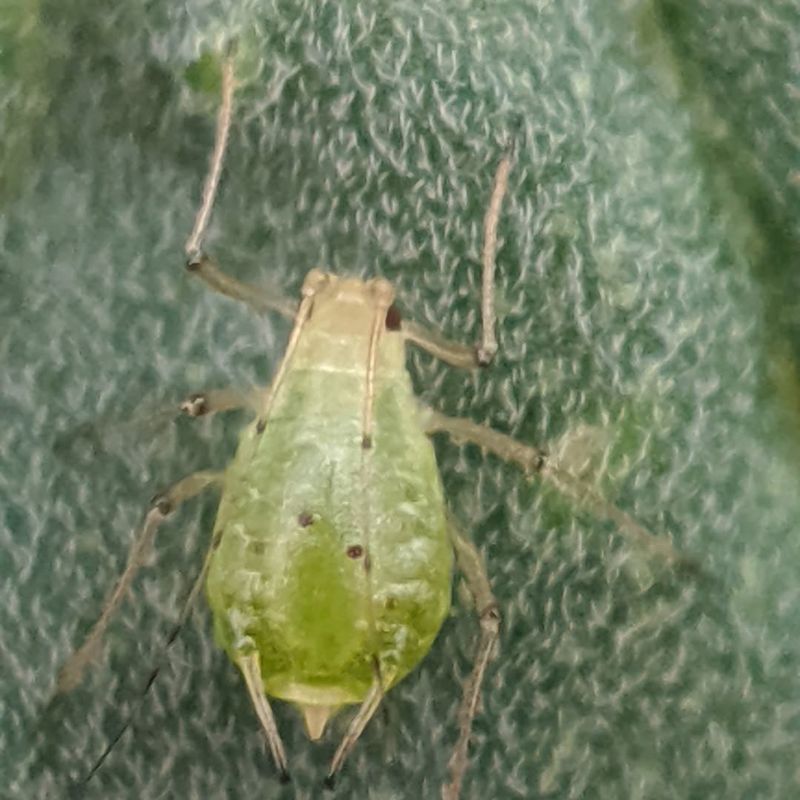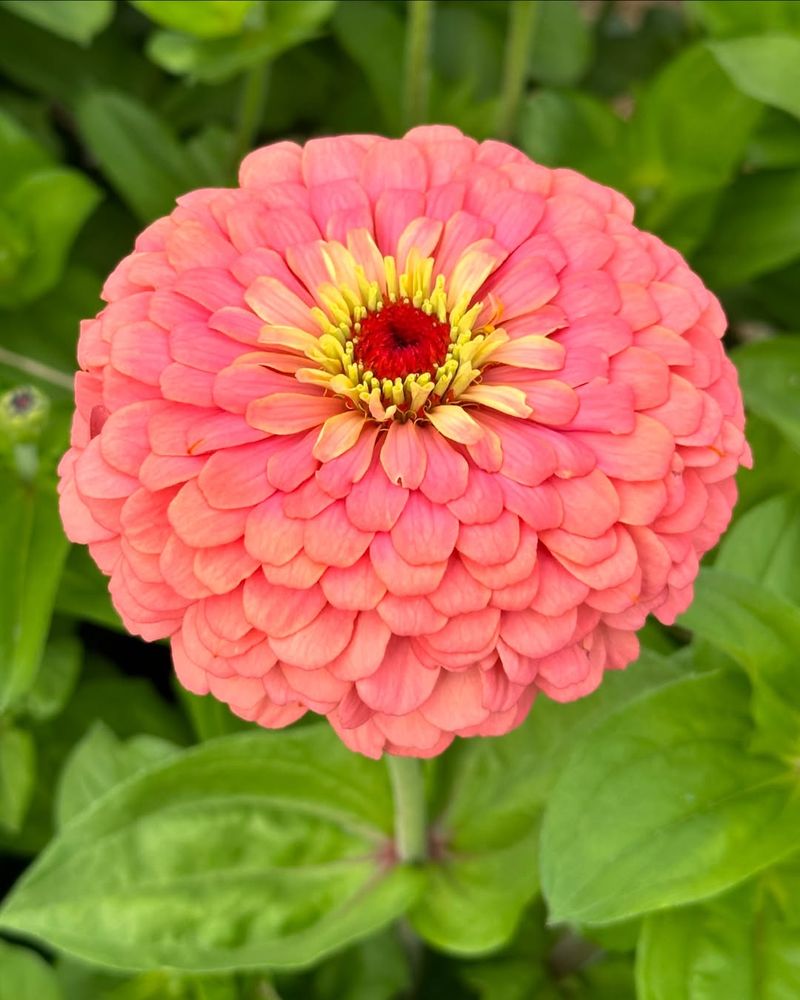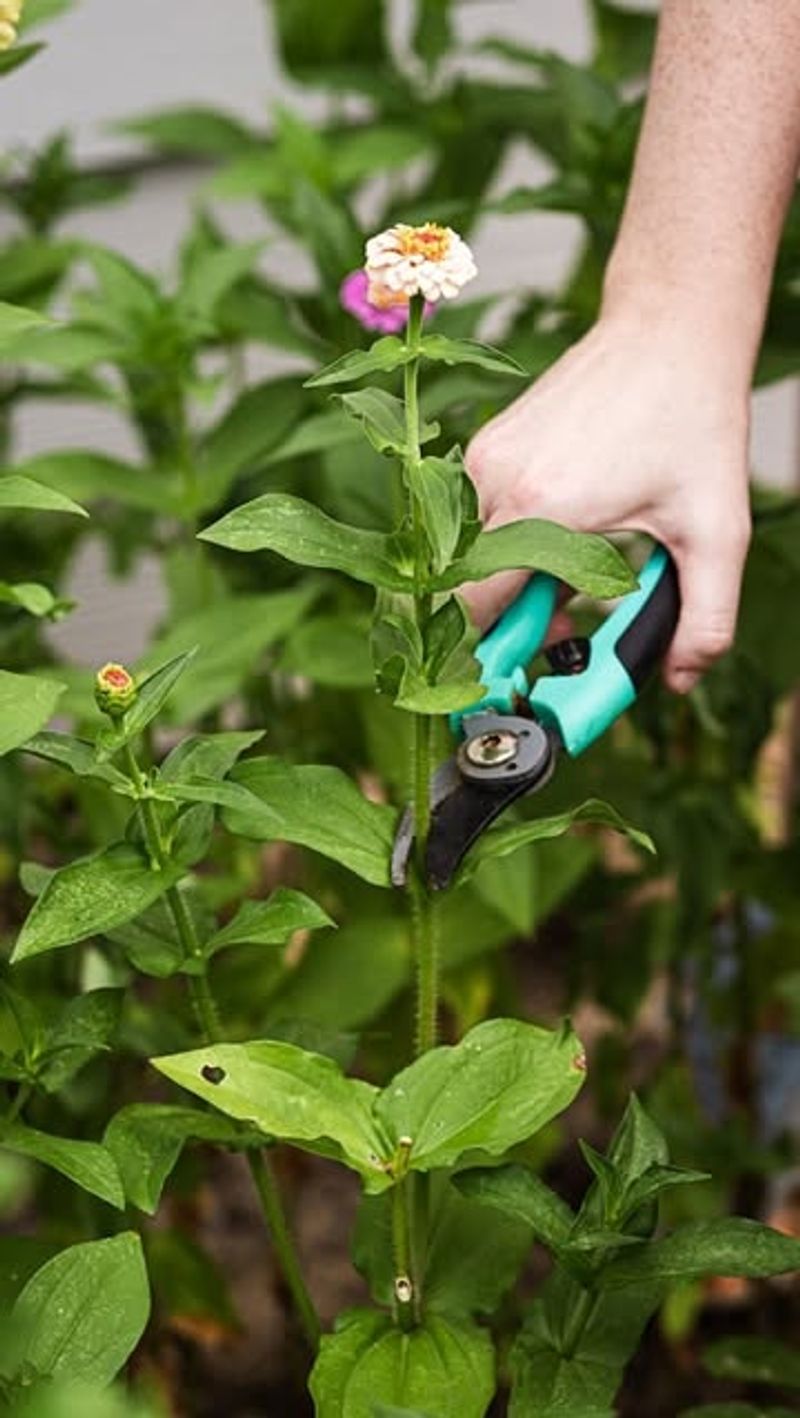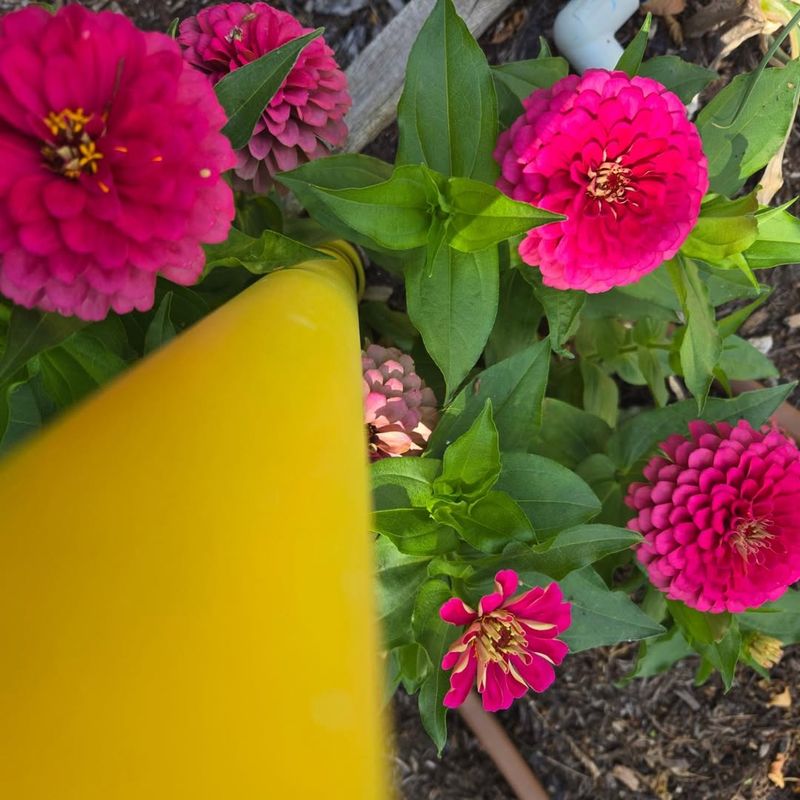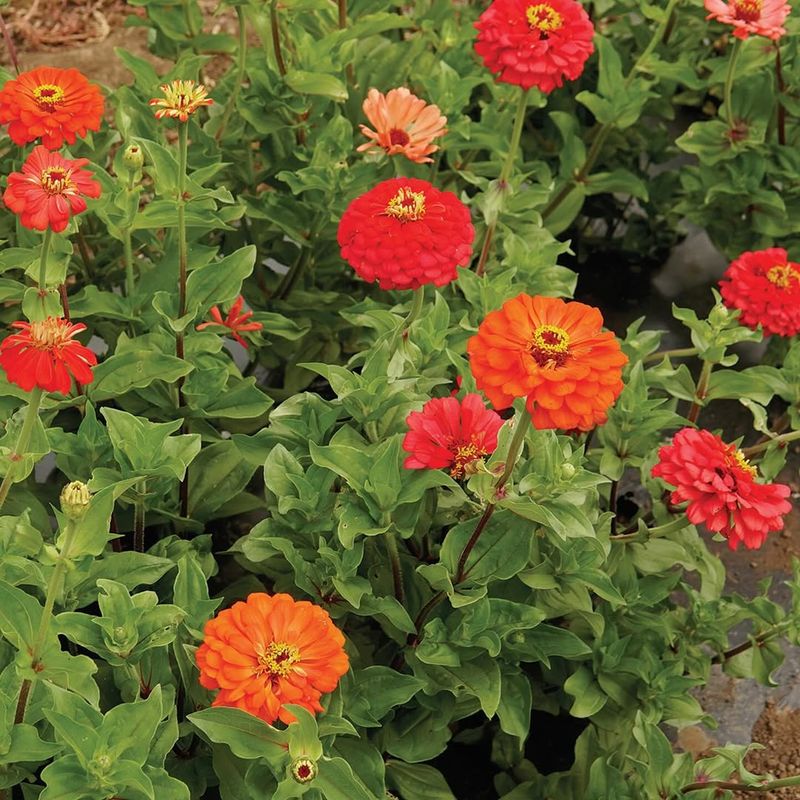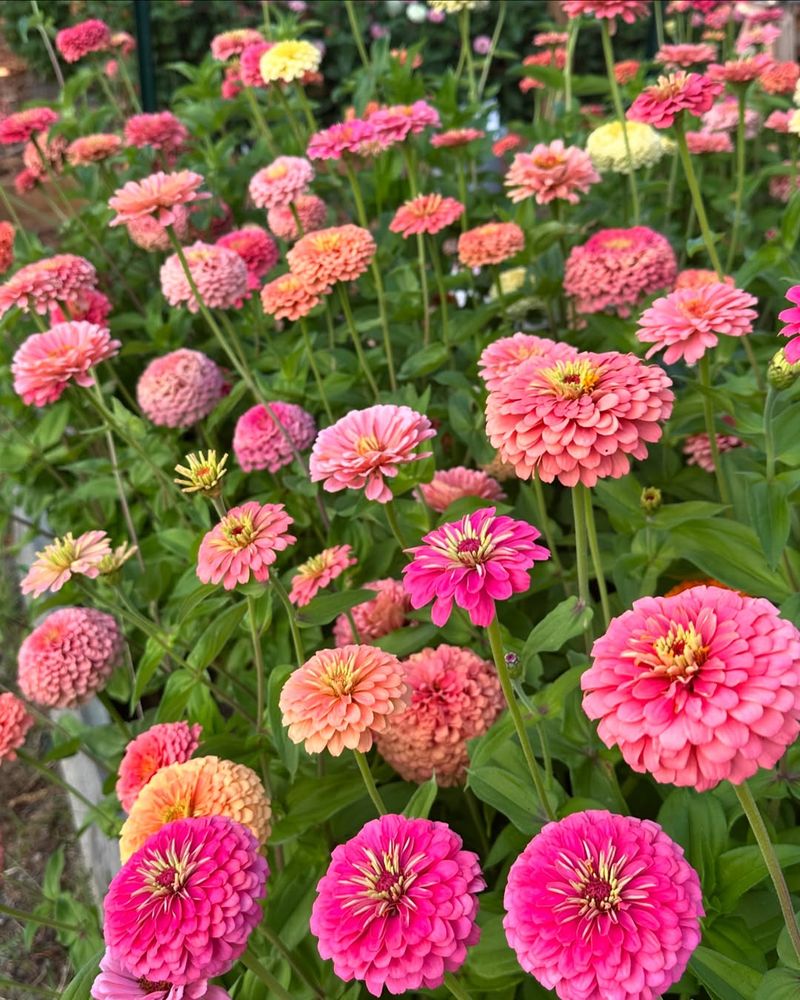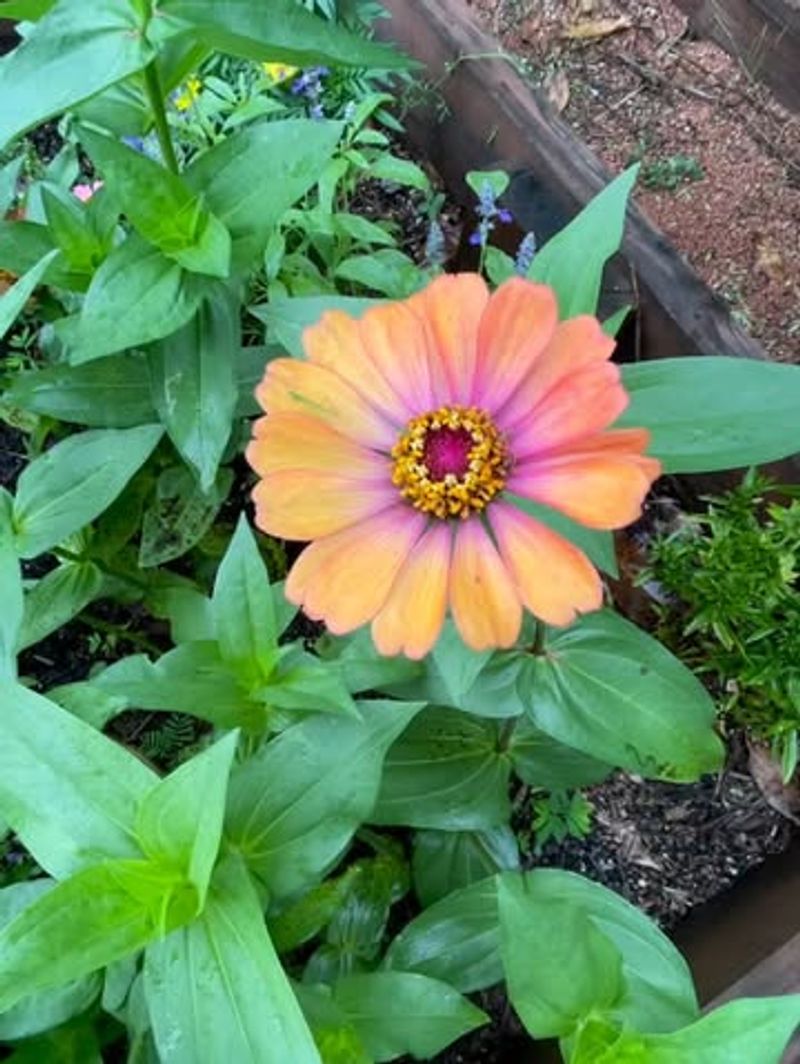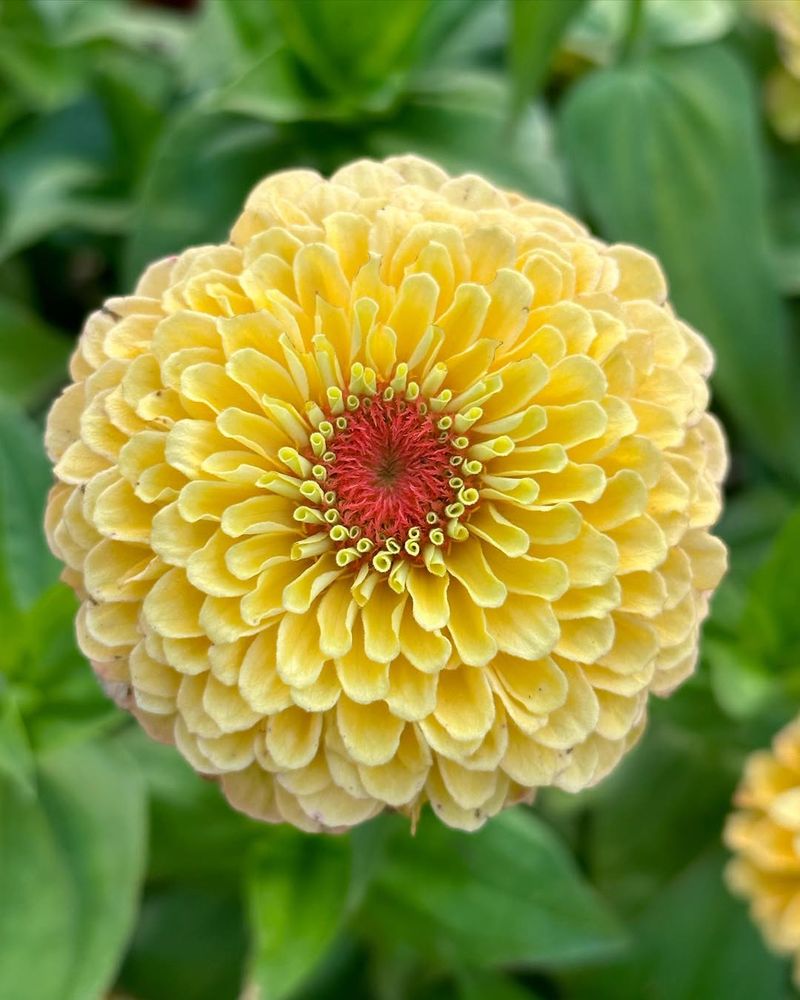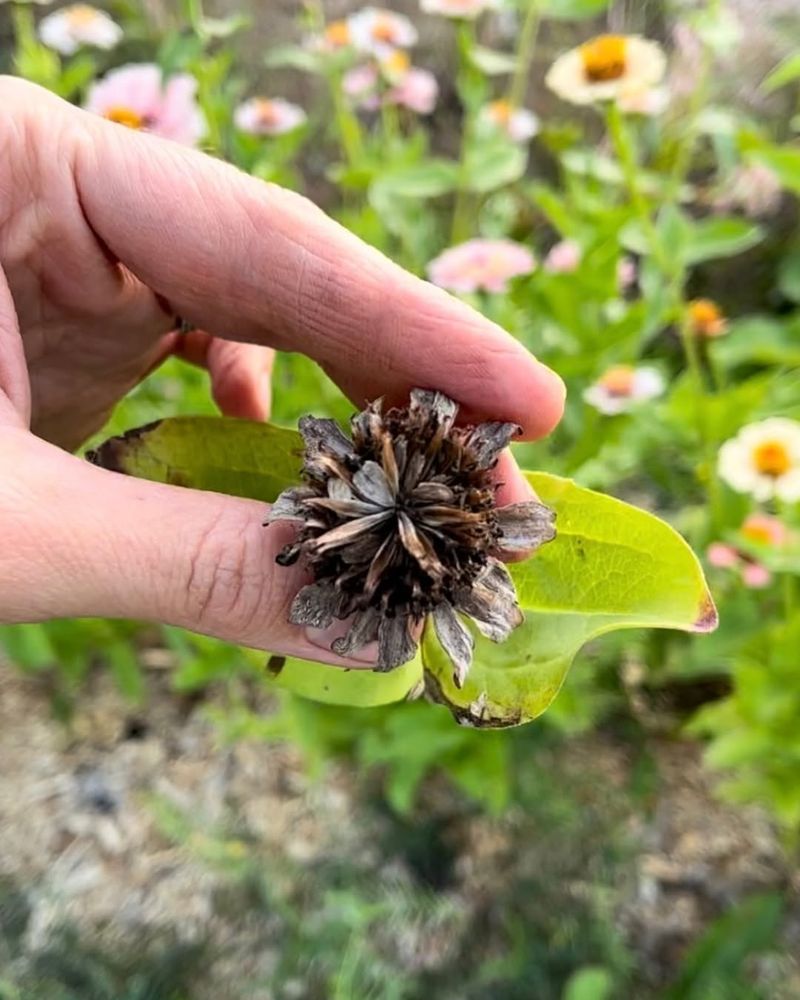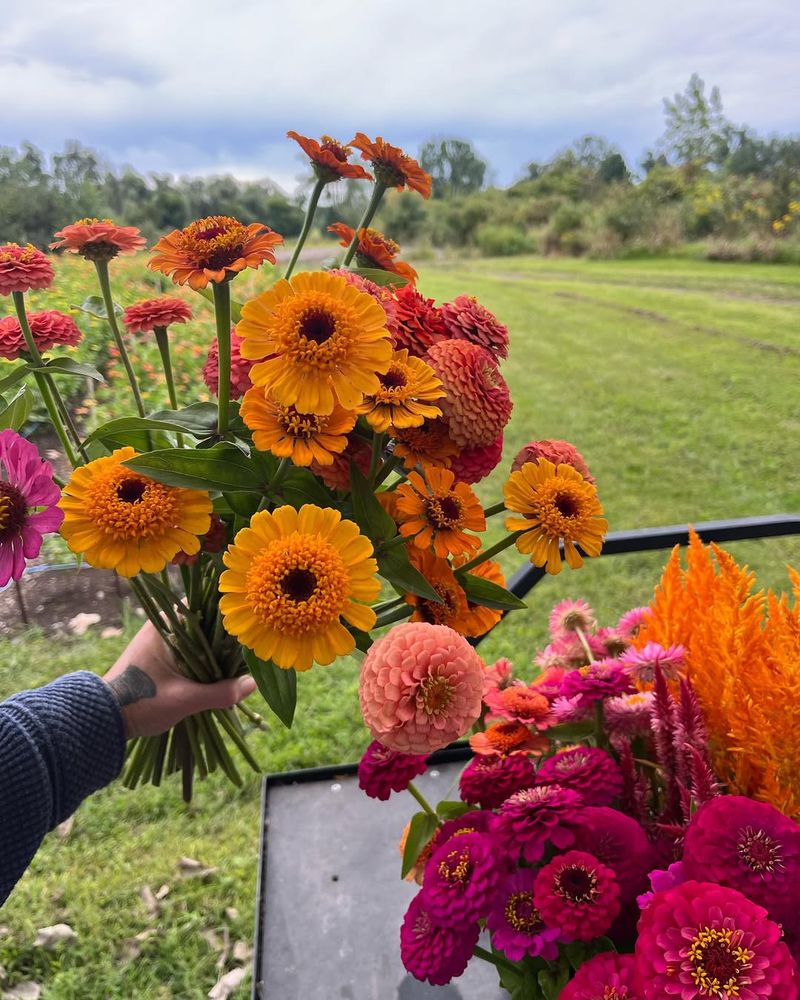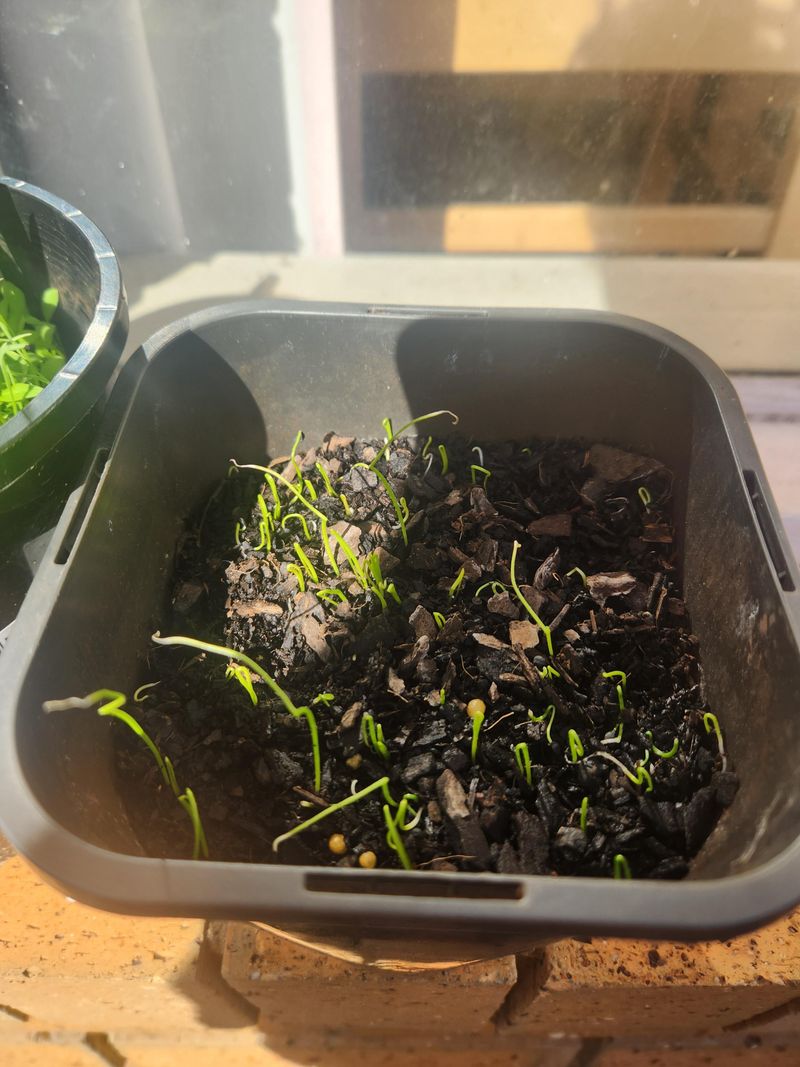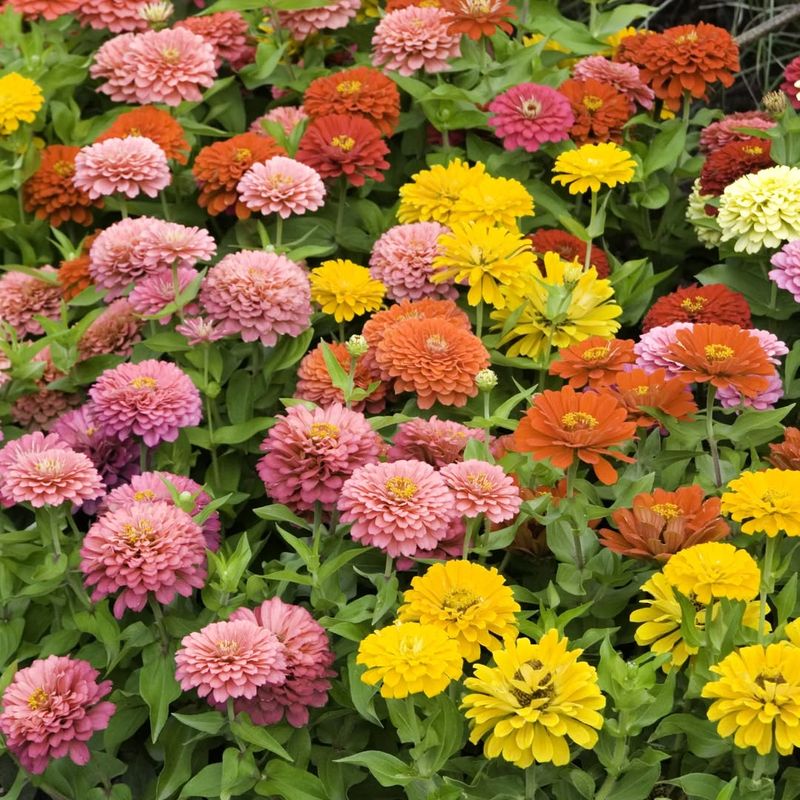Zinnias are the kind of flowers that just get summer—bright, bold, and blooming nonstop. The best part? They’re super easy to grow from seed, even if you’re new to gardening. With the right timing and a few simple tricks, you can fill your garden with colorful blooms that last from late spring to the first frost.
These 25 beginner-friendly steps will walk you through exactly how and when to plant zinnia seeds so your space stays cheerful and flower-filled all season long.
1. Choose the Right Soil
Before you even think about planting, consider the foundation of any great garden: the soil. Zinnias thrive in well-draining soil that isn’t too acidic. You might want to grab a pH tester to make sure the soil is just right. A slightly acidic to neutral pH of around 6.0-7.0 works best.
Adding compost can improve soil quality, giving zinnia seeds the nutrients they need to sprout successfully. Don’t neglect this step if you want a garden full of healthy, vibrant zinnias. Healthy soil equals happy plants.
2. Select Quality Seeds
Not all seeds are created equal, and your future flowers depend on good beginnings. Always opt for high-quality, fresh seeds from a reputable source. Check the expiration date on the seed packet to ensure they’re viable.
A little due diligence in the beginning can save you a lot of heartache later. Old or poorly stored seeds may not sprout, leading to empty patches in your garden. Investing in quality seeds is a small price to pay for a beautiful zinnia display later on.
3. Timing is Everything
Planting seeds might seem straightforward, but timing can make all the difference. Zinnias prefer warm soil, so it’s best to plant them after the last frost date in your area. Check local frost charts or consult with fellow gardeners to find the ideal planting window.
By planting at the right time, you give your zinnia seeds the best chance to grow strong and robust. Missing this window could result in seeds that struggle to germinate or young plants susceptible to cold snaps.
4. Sunlight Requirements
Before you plant your seeds, think about where they’ll get the best light. Zinnias love the sun and perform best with at least 6 to 8 hours of direct sunlight daily. Scouting the right location in your garden is crucial.
Lack of adequate sunlight can lead to leggy, weak plants that won’t produce the lush flowers you’re aiming for. Consider the sun’s path throughout the day, and if necessary, make adjustments to ensure your zinnias bask in the light.
5. Space for Growth
Crowding plants is a rookie mistake that can hinder their growth. When planting zinnia seeds, space them about 6 to 12 inches apart, depending on the variety. This ensures they have enough room to flourish without competing for resources.
Proper spacing also helps with air circulation, reducing the risk of fungal diseases. Remember, more isn’t always merrier when it comes to planting. Allowing ample space will let your zinnias reach their full potential, resulting in more impressive blooms.
6. Water Wisely
Every garden needs water, but knowing how much and when can be tricky. Zinnias like consistent moisture, especially during germination, but they don’t want to be waterlogged. Water the soil evenly so it’s damp, not soggy.
Overwatering can lead to root rot, while underwatering may cause the seedlings to wilt and die. A good rule of thumb is to water when the top inch of soil feels dry. Trust your fingers and you’ll develop a knack for the right amount of moisture.
7. Mulching Matters
Mulch isn’t just for aesthetics; it’s a secret weapon for thriving plants. Applying a light layer of mulch around your zinnia seedlings can help retain moisture and suppress weeds. Just be careful not to smother the young plants.
Mulch also acts as a temperature buffer, keeping the soil cooler in the summer and warmer in the spring or fall. This can significantly enhance your zinnias’ growth. Choose organic mulches like bark or straw for best results.
8. Fertilization Strategies
Think of fertilizer as the secret sauce of gardening. While zinnias aren’t heavy feeders, they do benefit from a little boost now and then. Use a balanced, slow-release fertilizer at planting and again when the plants are about 6 inches tall.
Avoid over-fertilizing, as this can lead to lush foliage but fewer blooms. A little attention goes a long way, so keep an eye on how your zinnias respond and adjust as needed. A well-fed plant is a happy plant.
9. Companion Planting
Gardeners aren’t the only ones who appreciate good company—plants do, too! Zinnias thrive when planted with companions like marigolds and sunflowers. These companions can help deter pests and attract beneficial pollinators.
By choosing the right plant neighbors, you create a balanced ecosystem that supports healthier and more productive plants. Plus, a mixed garden is a feast for the eyes. Try experimenting with different combinations to see what works best in your space.
10. Pest Control
No one likes uninvited guests, especially pests. Zinnias can attract aphids and spider mites, but with vigilance, you can keep them at bay. Inspect your plants regularly for signs of infestation and act promptly.
Natural remedies like neem oil or insecticidal soap can be effective against common pests. Occasionally, hand-picking larger pests is necessary. Protecting your flowers requires proactive measures, but the effort pays off with healthier, more resilient zinnias.
11. Disease Prevention
Even the strongest plants can fall victim to disease. Zinnias are prone to problems like powdery mildew, especially in humid conditions. Promoting good air circulation by proper spacing and removing affected leaves can help.
Using disease-resistant varieties and avoiding overhead watering also reduces the risk. Prevention is always better than cure, and with the right practices, you can maintain a healthy garden. Keep an eye out for any changes in your plants’ appearance to catch issues early.
12. Deadheading for Blooms
When flowers wilt, it’s tempting to leave them be. However, snipping off spent blooms encourages zinnias to produce more flowers. This process, known as deadheading, directs the plant’s energy towards creating new blooms rather than seed production.
Regular deadheading can prolong the flowering season, giving you a more vibrant display for longer. It’s a simple task that yields beautiful results. Keep a pair of scissors handy and make it a routine part of your gardening chores.
13. Support Structures
Sometimes, plants need a little help standing tall. Tall zinnia varieties may require support to prevent them from toppling over. Simple structures like stakes or cages can keep them upright, especially in windy conditions.
Providing support early can prevent breakage and keep your garden looking tidy. Plus, it helps ensure the flowers remain in full view. It’s a small effort that can greatly enhance the health and aesthetics of your zinnia plants.
14. Thinning Seedlings
Too much of a good thing can be overwhelming, and zinnia seedlings are no exception. If your seeds germinate well, you might find yourself with too many seedlings. Thinning them ensures that each plant has enough space to grow.
Use small scissors to snip the weaker seedlings at the soil line rather than pulling them up, which can disturb the roots of the ones you want to keep. This small act ensures your zinnias have the room they need to thrive without unnecessary competition.
15. Temperature Considerations
Every plant has its comfort zone, and zinnias are no different. They love warmth and do best in temperatures between 70°F and 85°F. If temperatures drop below this, growth can slow, and flowering may be affected.
To maximize their growth, wait until the soil and air temperatures are consistently warm before planting. This gives your zinnias the best start in life. If you live in a cooler climate, consider starting seeds indoors and transplanting them when it’s warmer.
16. Germination Patience
Patience is a virtue, especially when waiting for seeds to sprout. Zinnia seeds typically germinate within 5 to 7 days if conditions are favorable. Keep the soil consistently moist and warm during this period.
It’s easy to get anxious, but avoid the temptation to dig up seeds to check on them. Trust the process, and soon you’ll see tiny shoots breaking through the soil. This waiting period is a good time to prepare for the care your seedlings will need once they emerge.
17. Transplanting Tips
Once your seedlings are big enough, it’s time to move them to their permanent home. Handle them gently to avoid damaging the delicate stems and roots. Transplant on a cloudy day or in the late afternoon to reduce transplant shock.
Give each seedling plenty of room to grow by following spacing guidelines. It’s also a good idea to water them thoroughly after planting to help them settle in. With a careful approach, your zinnias will continue to flourish in their new environment.
18. Seasonal Considerations
Each season brings its own challenges and opportunities for growing zinnias. While they thrive in summer, planning for fall or spring blooms requires a little more thought. Adjust planting times based on your local climate.
In warmer regions, zinnias can bloom well into the fall, while in colder areas, they may be best as a summer annual. Understanding your area’s seasonal quirks can help you get the most out of your zinnia planting efforts. Adaptability is key to a thriving garden.
19. Seed Starting Indoors
Starting seeds indoors is a great way to get a jump on the growing season. Use seed trays and a good-quality seed-starting mix. Place them under grow lights to simulate sunlight, and keep the soil moist but not soggy.
Once the seedlings are sturdy and the weather has warmed, you can transplant them outside. This method provides a controlled environment for germination and can lead to stronger, more robust plants once they’re in the garden.
20. Harvesting Seeds
Saving seeds from your zinnias is not only economical but also rewarding. Wait until the flower heads have dried on the plant before collecting seeds. Gently remove the seeds and store them in a cool, dry place for next season.
This practice allows you to continue enjoying your favorite varieties year after year. It’s also a fun project that can involve the whole family. Understanding the life cycle of your plants adds a new dimension to gardening.
21. Creating a Cutting Garden
If you love fresh flowers in your home, consider dedicating a section of your garden to blooms for cutting. Zinnias are perfect for this purpose, as they produce plenty of flowers and have long, sturdy stems.
Regular cutting encourages more blooms, keeping your garden and home full of color. Plus, arranging homegrown bouquets brings an extra sense of satisfaction. It’s a practical way to enjoy your zinnias both indoors and out, making the most of your gardening efforts.
22. Understanding Varieties
The world of zinnias is vast and varied. From dwarf varieties perfect for borders to tall, show-stopping blooms, there’s a type for every garden. Consider the space you have available and the look you want to achieve.
Exploring different zinnia varieties can add depth and interest to your garden. With so many colors and forms to choose from, you’ll never get bored. Whether you prefer single, double, or cactus-flowered types, there’s a zinnia to suit your style.
23. Soil Amendments
Enhancing your soil can make a world of difference for your plants. Adding organic matter like compost or well-rotted manure improves soil structure and fertility. This creates a more hospitable environment for your zinnias.
Good soil amendments support root development and nutrient uptake, leading to healthier plants. Don’t be afraid to experiment with different materials to see what works best in your garden. A little extra effort in soil preparation can yield stunning results.
24. Sowing Techniques
How you sow your seeds can influence their success. Scatter them lightly and cover with a thin layer of soil, pressing them gently into place. This ensures good contact with the soil and helps with moisture retention.
Avoid burying seeds too deep, as they may struggle to reach the surface. Paying attention to sowing techniques can enhance germination rates and lead to a more uniform planting. This simple practice sets the stage for a flourishing zinnia garden.
25. Landscape Design
Zinnias can be a stunning addition to any landscape design. Use them to create focal points or add a splash of color to mixed borders. Their versatility makes them suitable for various garden styles, from cottage to contemporary.
Consider their height, color, and form when planning your garden layout. A well-thought-out design can maximize the impact of your zinnias, turning your garden into a visual masterpiece. Let your creativity guide you in using these vibrant flowers.

